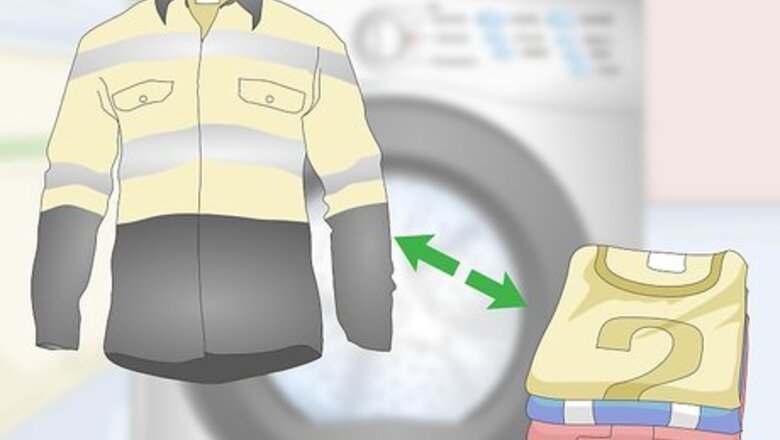
views
Cleaning Flame Resistant Clothing in a Washing Machine
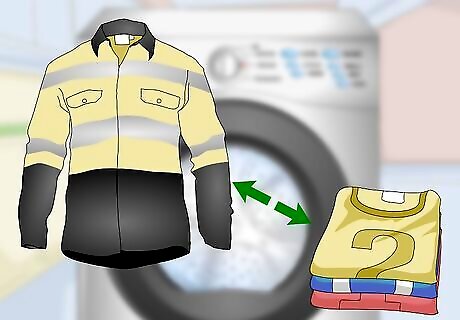
Wash your flame resistant clothing separately. When flame resistant clothing is washed with non-flame resistant clothing, its protection is reduced. Doing a separate load for your flame resistant clothing will help prevent other chemicals or non-flame resistant fabrics from contaminating your garments.
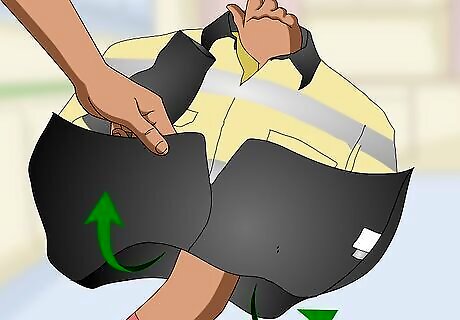
Turn your garments inside out. Before you load your garments into the washer, put them inside out to reduce abrasion and streaking. The exception to this is if you have spilled something on the front of your garments. In most cases, however, your garments will be kept in best condition if they are turned inside out.
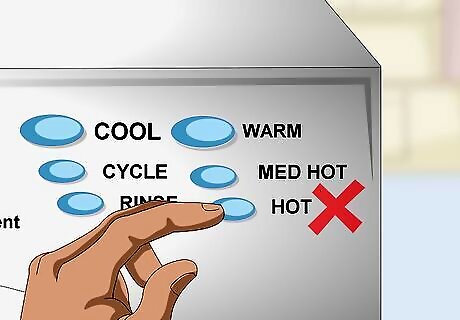
Do not wash your garments on the hottest temperature setting. If the water temperature is too hot, you risk shrinking your flame resistant clothing. Wash your clothing in cool or warm temperatures, but avoid using the hottest setting on your washing machine. The exact temperature that makes the garment at-risk for shrinkage depends on what material it is made of. Check your garment's care label for specific details on the maximum temperature. Avoid letting the garments soak in the washing machine for longer than the cycle, as this can damage the fabric's protective finish.
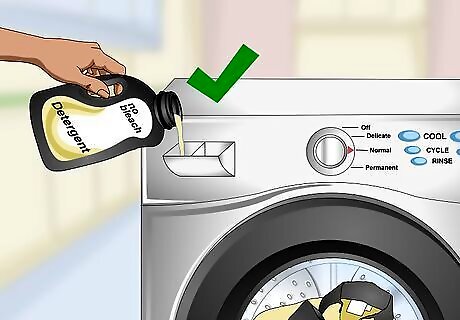
Wash your flame resistant clothes with a non-bleach based detergent. Bleach can destroy the garment's integrity. Check your detergent's label and make sure it does not contain chlorine or liquid non-chlorine bleach. Liquid detergent is ideal for washing flame resistant clothing. Avoid starch and fabric softeners as well, as both can mask your garment's protection.
Drying Your Clothes

Fit your flame resistant clothes to account for shrinkage. Flame resistant fabrics can shrink up to 5 percent while drying, even if you take preventative measures. When purchasing flame resistant garments, choose a size slightly larger than your measurements in case of shrinkage.
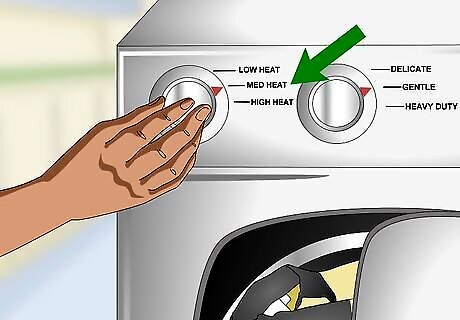
Dry your clothes on a medium or low setting. This will prevent your garments from excessive shrinking as they dry. If your dryer has temperature settings, avoid using the hottest setting.
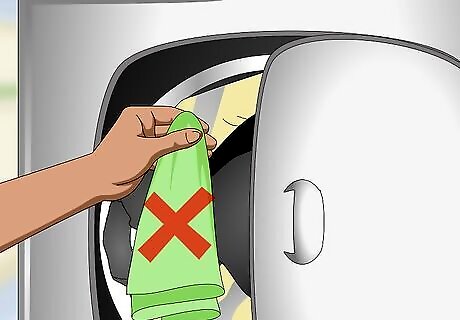
Do not use fabric sheets in the dryer. Fabric sheets can leave a flammable coating on your clothes that reduce their protection. When drying your clothes, keep dryer sheets out of the load.
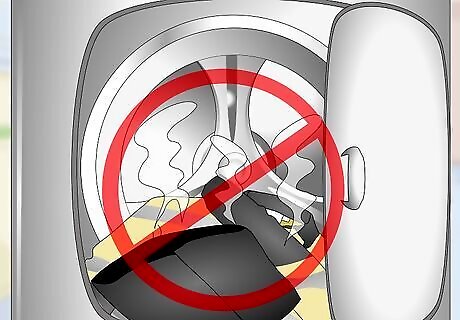
Avoid overdrying your clothes. Continuing to dry your clothes when they're no longer wet can increase the likelihood of shrinkage. Put your clothes in the dryer for one cycle at a time and check their dryness between cycles. This will prevent shrinkage and keep your clothes in better condition for longer.
Removing Stains from Flame Resistant Clothing
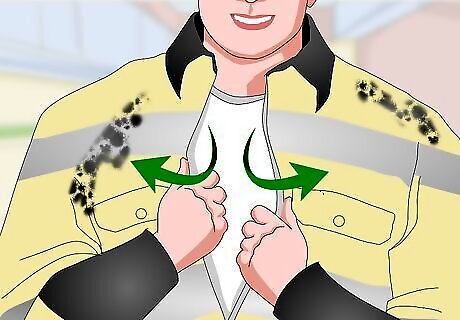
Clean your flame resistant clothes immediately after getting them dirty. Wearing flame-resistant clothes contaminated by oils, paints, solvents, or other flammable chemicals removes your garment's protection. If you get your flame resistant clothes dirty, take them off right away to spot clean them.
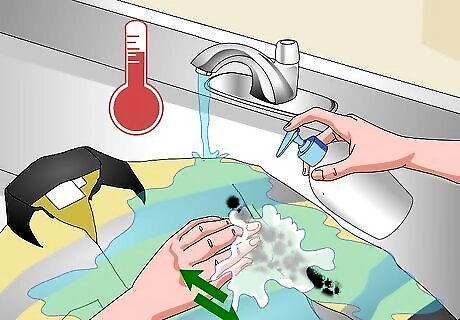
Use hot water and laundry detergent on grease or dirt stains. Run a sink with hot water and get your garment wet. Rub some liquid laundry or dish detergent into the stains and let it sit for 3-5 minutes. Rinse the detergent out after 5 minutes have passed and check whether the stains have lifted. Check the garment's label to determine the hottest recommended water temperature.
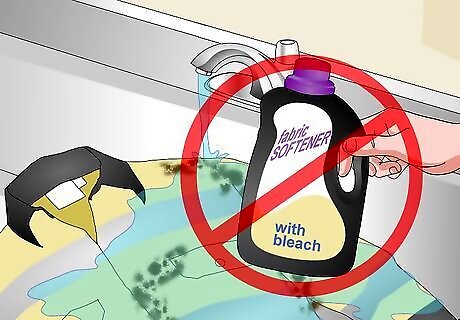
Avoid lifting stains with bleach-based products. All bleach-based products are unsafe to use on flame resistant clothes. If your stains cannot be lifted with liquid detergent, you may need to take your clothing to a professional.
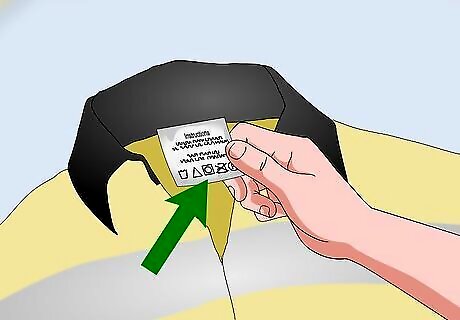
Check if your clothing can be dry cleaned. If your clothes are dry clean safe, a dry cleaner may be able to lift deeper stains. Read your garment's care label; if it does not mention dry cleaning, contact your garment's manufacturer for more information.
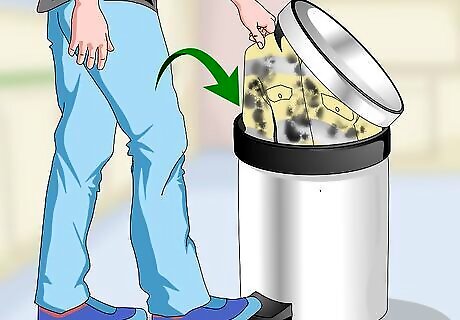
Throw away seriously stained clothes. If your flame resistant clothes are seriously stained and neither spot cleaning nor a trip to the dry cleaner's can fix it, you may need to throw them away. Stains that can't be removed may have damaged your garment's finish. The safest thing to do is throw them away rather than risk wearing less protective clothing.

















Comments
0 comment